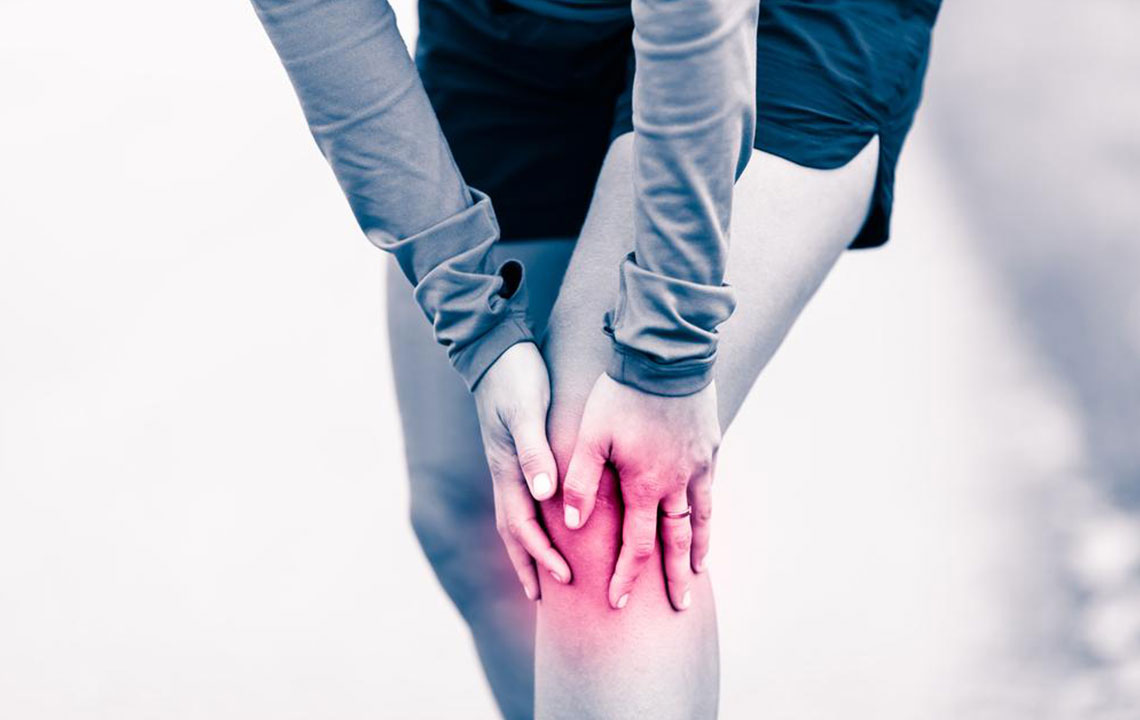Home Remedies and Treatments for Restless Legs

Do you often find yourself shaking your leg restlessly? Perhaps, while listening to a lecture, attending a meeting or during a family dinner? If it feels like a compulsive behavior, you may be suffering from restless leg syndrome (RLS). Here is an insight into the syndrome and effective remedies that would help you to stop restless legs.
If you’re wondering how to stop restless legs, and only have a relatively mild condition with no serious underlying cause, the following home remedies may give you relief.
Massage with hot and cold packs
Massage your leg with alternating hot and cold packs to relax the muscles. This treatment alleviates pain and improves circulation in your legs. You can also soak your leg in a warm water bath to provide muscle relaxation. These treatments work best if you do them just before you go to bed.
Regular exercise
Follow a fitness routine that gets you moving and stretches your muscles. Make sure you stay regular and ensure you don’t overdo it. A simple power walk for about 30 minutes every day, is good enough to keep your legs relaxed and maintain overall health. Exercise is important for RLS since this syndrome is triggered by tension and stress in your muscles.
Regulate your sleep
RLS causes fatigue as it interferes with your sleep cycle. Sticking to a strict sleep schedule will help minimize damage. Do your best to go to sleep, and wake up at the same time every day. Common measures to achieve this are taking a hot bath before bed, and meditating clear away disturbing thoughts.
Create an environment around your bed that’s conducive to healthy, quality sleep.
Include a 10 to 15-minute window to relax either through meditation or simple breathing techniques, just before bedtime. This will go a long way in reducing stress and inducing better sleep.
Sleep in complete darkness to ensure your body gets the rest it needs. Cut all sources of light when you sleep. Also, make sure your bed is in a well-ventilated space, with clean and comfortable sheets.
Resolve vitamin deficiencies
RLS can occur because of a deficiency of vitamins and minerals in your body. These include iron, magnesium, folic acid, and vitamin B. RLS is a direct and immediate symptom of underlying iron deficiency.
Increase the amount of iron and mineral-rich foods in your diet. For mild conditions, a simple diet change could solve your RLS.
If you are opting for dietary supplements, make sure you consult a doctor and know your daily required dose. Take the relevant blood tests when you consult a doctor to know how much of a deficiency you need to compensate for.
Diet improvement
Caffeine is a complete no-no if you are dealing with RLS. This would mean you need to stay away from coffee, tea, soft drinks, and chocolates. Avoid tobacco and alcohol as much as possible.
Treatments or medications
If home remedies don’t give you results, you can opt for medication after consulting a doctor.
The most common medications prescribed for RLS include:
- Dopamine-related medication: These promote the release and function of dopamine in the brain. Dopamine helps control and regulate muscle movement.
- Anti-seizure medication: These can relieve pain and relax your muscles
- Opioids
- Sedatives
RLS medication does not come without its side-effects. Nausea, dizziness, or obsessive-compulsive behavior being the most common. Consult your doctor to know more about managing these side- effects.
Be aware that RLS can also be symptomatic of more severe chronic diseases such as kidney failure, Parkinson’s disease, diabetes, and peripheral neuropathy. Treating these underlying conditions can also help you get rid of restless leg syndrome.
Lifestyle changes
Wondering how to stop restless legs with lifestyle changes? Fixing your lifestyle goes a long way in relieving yourself from RLS.
- Try to keep your leg muscles relaxed while you are idle. For example, massager your legs gently while watching a movie.
- Take regular hot baths to soothe your muscles. Also, you may stop restless legs with hot and cold packs to calm them immediately.
- Keep an eye on your diet for falling iron content. A deficiency in iron could be a major reason for RLS. Take help from your doctor to know for sure and follow up with the necessary supplements.
- Try to avoid alcohol, or consume it minimally, if you are unable to eliminate from your diet.
- Make sure your sleep patterns are regular and you sleep in a healthy environment. RLS affects sleep quality. This is why you must take extra care to make sure your sleep well.
Restless leg syndrome is not a severe condition and is often treated quite easily. But, taking it for granted could lead to the condition worsening. In severe cases of RLS, the symptoms result in sleep disturbances and impaired functioning. So, don’t ignore that twitching leg, and take the right measures to stop restless legs.


